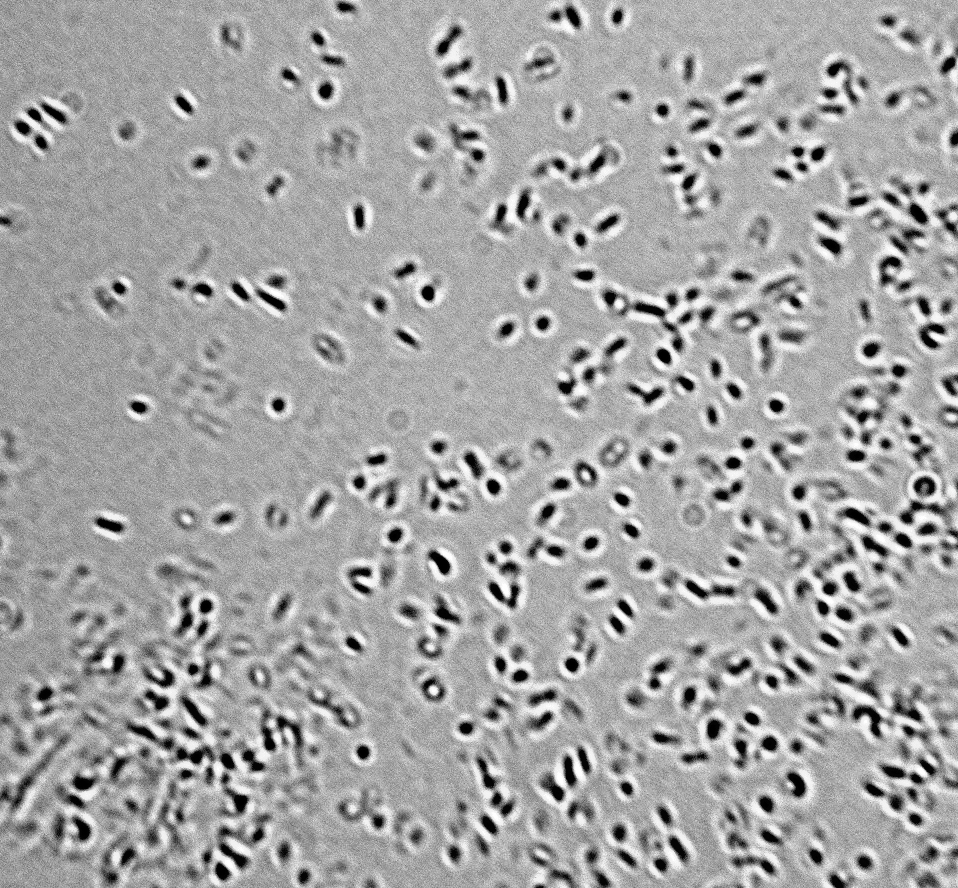Genus/species: Lactobacillus buchneri
Gram Stain: Positive
Morphology:
Cell: rods, usually non-motile, long and slender 0.7-1.0μm x 2.0-4.0μm
Colony: can be single cells or short chains
Liquid Growth: dispersed
 |
 |
Physiological Traits:
- Catalase negative
- Obligate heterofermentative, produces CO2 from glucose and NH3 from arginine and can ferment melezitose, grows in MRS agar. Metabolism is fermentative and sugar must be present. End products include lactate (over 50%), acetate, ethanol, and CO2.
- Ideally growing conditions are at 5-10% CO2, the gelatin is not liquefied and casein isn’t digested, indole and H2S are not produced, and amino acids, peptides, nucleic acid derivatives, vitamins, salts, fatty acids or fatty acid esters, and fermentable carboyhydrates are present.Lb. buchneri grows at 15°C but not at 45°C, and prefers a pH between 5.5 and 6.2.
- D or L configuration for inducible lactate racemase lactate.
Ecological Traits:
Has been isolated from most musts and wines, as well as milk, cheese, plant material and human mouth
Distinguishing Features:
- Can use glycerol as an electron acceptor in an anaerobic co-fermentation with glucose (with lactate, acetate, CO2 and 1,3-propandiol as end products).
- Can use pentoses as an energy source, can ferment melezitose, and it exhibits distinct electrophoretic behavior of its L-LDH and D-LDH
Role in wine:
Malolactic bacteria, usually present soon after the crushing of grapes and during a second fermentation.This species cannot survive the alcoholic fermentation.
Sensitivities:
- SO2: Sensitive
- Sorbate:
- DMDC: Sensitive
- pH: Acid sensitive
- Acids: Sensitive
- Ethanol:Sensitive
- Anaerobiosis:
- Heat: Sensitive
